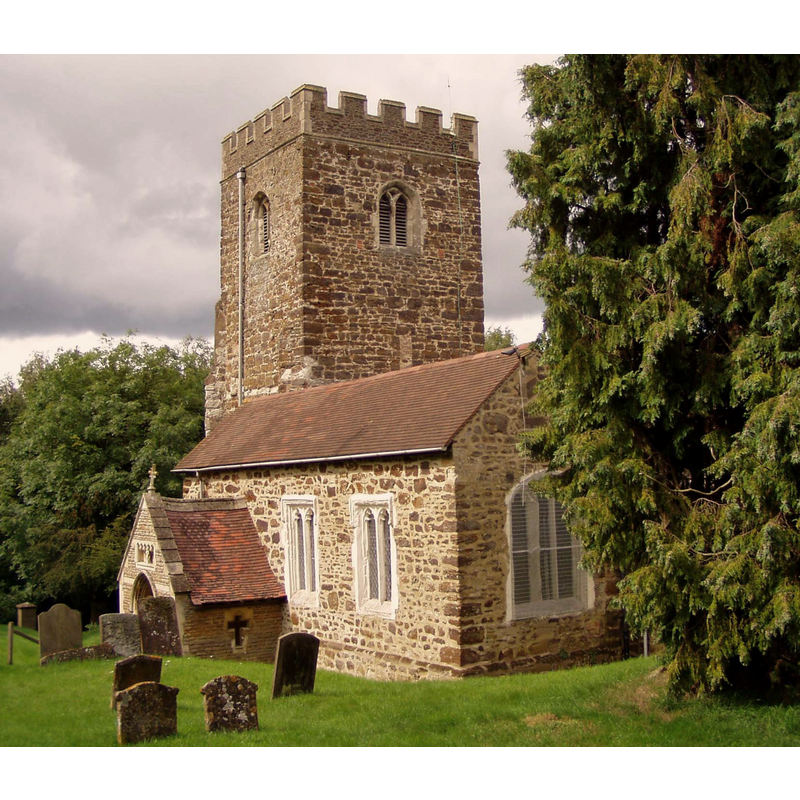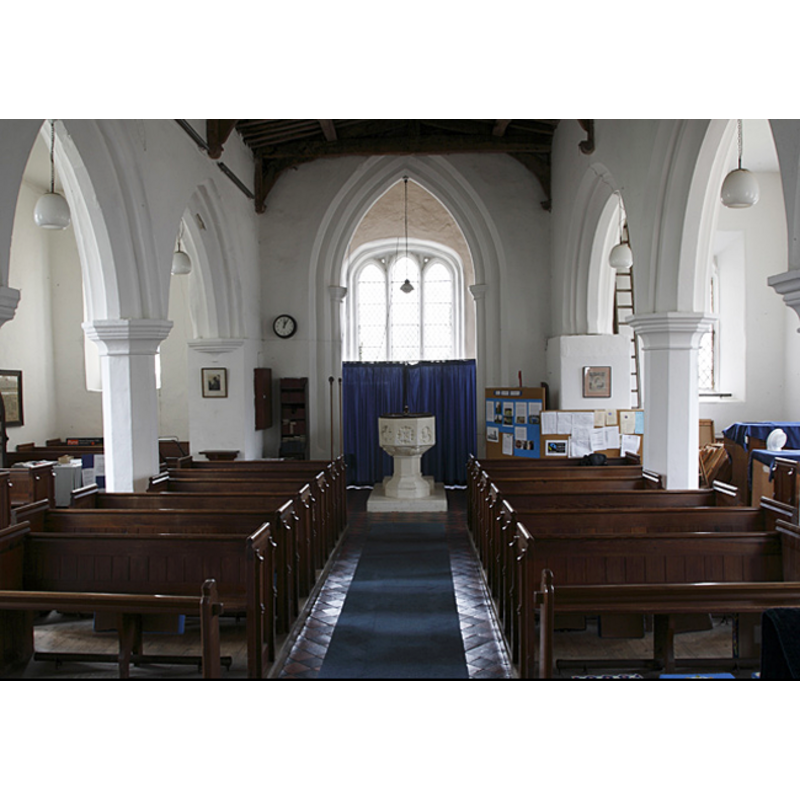Bow Brickhill / Bellebrikhulle / Bolle Briculle / Bolle Briculle / Brichelle / Brichull / Brickhill Bow
Results: 6 records
coat of arms - unidentified
view of church exterior - southeast view
Copyright Statement: Image copyright © Viki Male, 2004
Image Source: digital photograph taken 27 August 2004 by Viki Male [http://en.wikipedia.org/wiki/File:Bow_Brickhill_Church.JPG] [accessed 12 April 2011]
Copyright Instructions: "The copyright holder of this file, Viki Male, allows anyone to use it for any purpose, provided that the copyright holder is properly attributed. Redistribution, derivative work, commercial use, and all other use is permitted. Attribution: Viki Male"
view of church interior - nave - looking west
INFORMATION
FontID: 01369BRI
Object Type: Baptismal Font1
Church/Chapel: Parish Church of All Saints
Church Patron Saints: All Saints
Church Location: 34 Church Road, Bow Brickhill, Milton Keynes MK17 9LF
Country Name: England
Location: Buckinghamshire, South East
Directions to Site: Located 3-4 km E of Bletchley and the A5
Ecclesiastic Region: Diocese of Oxford
Historical Region: Hundred of Moulsoe [in Domesday] -- Hundred of Newport
Font Location in Church: Inside the church, at the W end of the nave
Century and Period: 15th century, Perpendicular
Workshop/Group/Artisan: heraldic font
Font Notes:
Click to view
There are four entries for [Bow] Brickhill [variant spelling] in the Domesday survey [http://opendomesday.org/place/SP9034/bow-brickhill/] [accessed 2 February 2016], none of which mention cleric or church in it. Parker (1850) notes the font here as "a tolerable specimen" of the Perpendicular style. Described in Sheahan (1862): "The font is octagonal in form, and on the pedestal supporting it, are four eagles displayed." Listed in Cox & Harvey (1907) as a baptismal font of the Perpendicular period. The Victoria County History (Buckingham, vol. 4, 1927) notes: "The church dedicated in honour of All Saints (fn. 107) is said to have been given by the Chaunceys to Woburn Abbey in 1185. [...] The living fell vacant in 1283 [...] The nave probably dates from the 12th century, but it was so completely remodelled in the 15th century as to obliterate the earlier details. [...] The octagonal font has a panelled bowl, below which are figures of angels with outspread wings. It dates from the 15th century. In one of the panels is a shield charged with two implements, perhaps instruments of the Passion." Described in Pevsner (1960): "Font. Perp., octagonal, with quatrefoil, trefoil and tracery panels". The Parish Church web site [www.bowbrickhill.com/church3.html] adds: "The font dates from the fifteenth century; it has an octagonal bowl, with cusped circular and quatrefoil panels. In one panel is a shield with arms, two tau crosses or mallets. The bowl is supported by figures of angels with outstretched wings. The stem is octagonal with moulded base."
COORDINATES
Church Latitude & Longitude Decimal: 52.000834, -0.67322
Church Latitude & Longitude DMS: 52° 0′ 3″ N, 0° 40′ 23.59″ W
UTM: 30U 659721 5763687
MEDIUM AND MEASUREMENTS
Material: stone, type unknown
Font Shape: octagonal (mounted)
Basin Interior Shape: round
Basin Exterior Shape: octagonal
LID INFORMATION
Date: modern
Material: wood, oak?
Apparatus: no
Notes: round, flat and plain, with knob handle; appears modern
REFERENCES
Victoria County History [online], University of London, 1993-. Accessed: 2009-04-12 00:00:00. URL: https://www.british-history.ac.uk.
Cox, John Charles, English Church Furniture, New York: E.P. Dutton & Co., 1907
Parker, John Henry, The Ecclesiastical and architectural topography of England: Oxfordshire, Oxford, London: Published under the sanction of the Central Commitee of the Archaeological Institute of Great Britain and Ireland [by] John Henry Parker, 1850
Pevsner, Nikolaus, Buckinghamshire, Harmondsworth: Penguin, 1960
Sheahan, James Joseph, History and topography of Buckinghamshire, comprising a general survey of the county, preceded by an epitome of the early history of Great Britain, London; Pontefract: Longman, Green, Longman, and Roberts; William Edward Bonas [...], 1862



